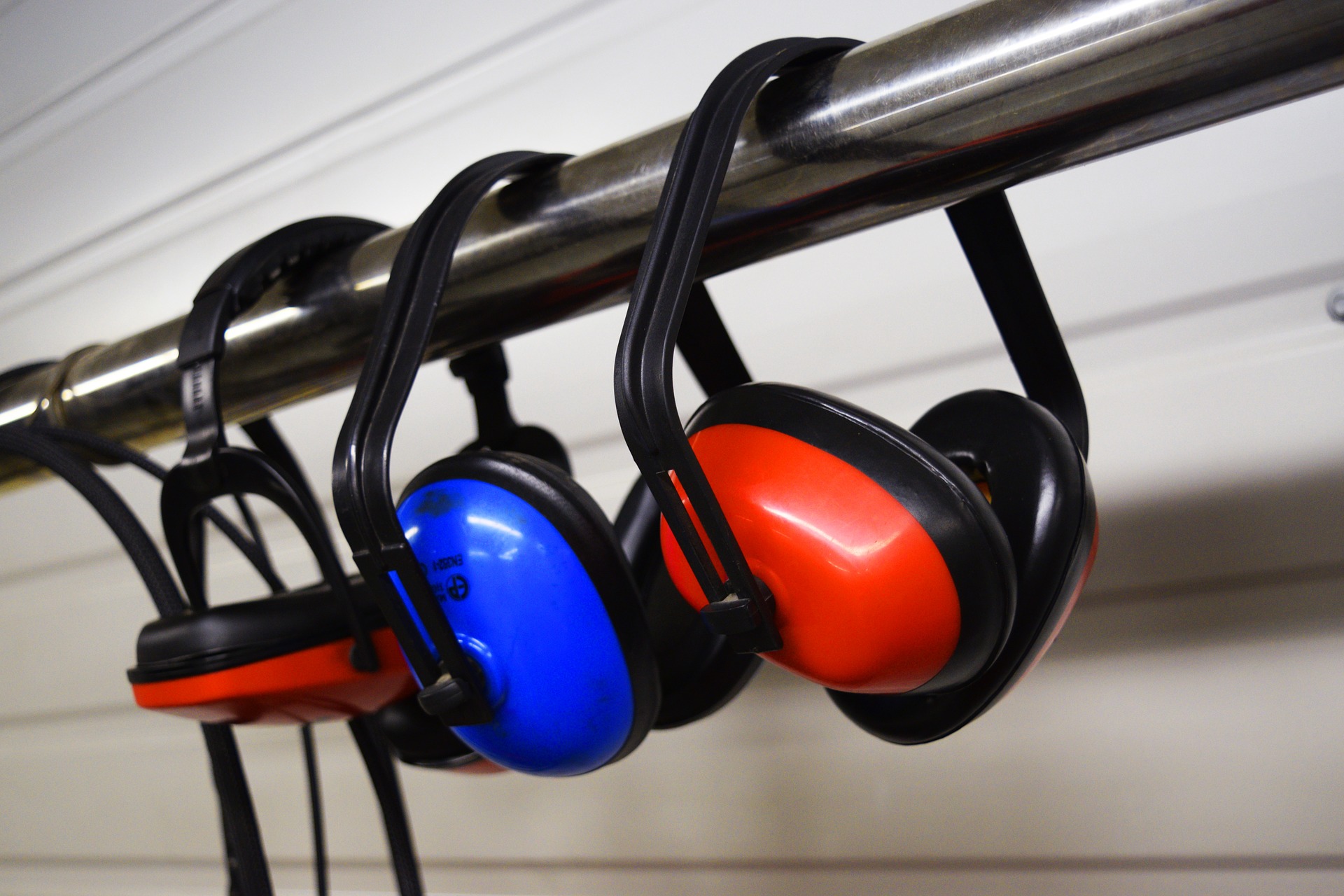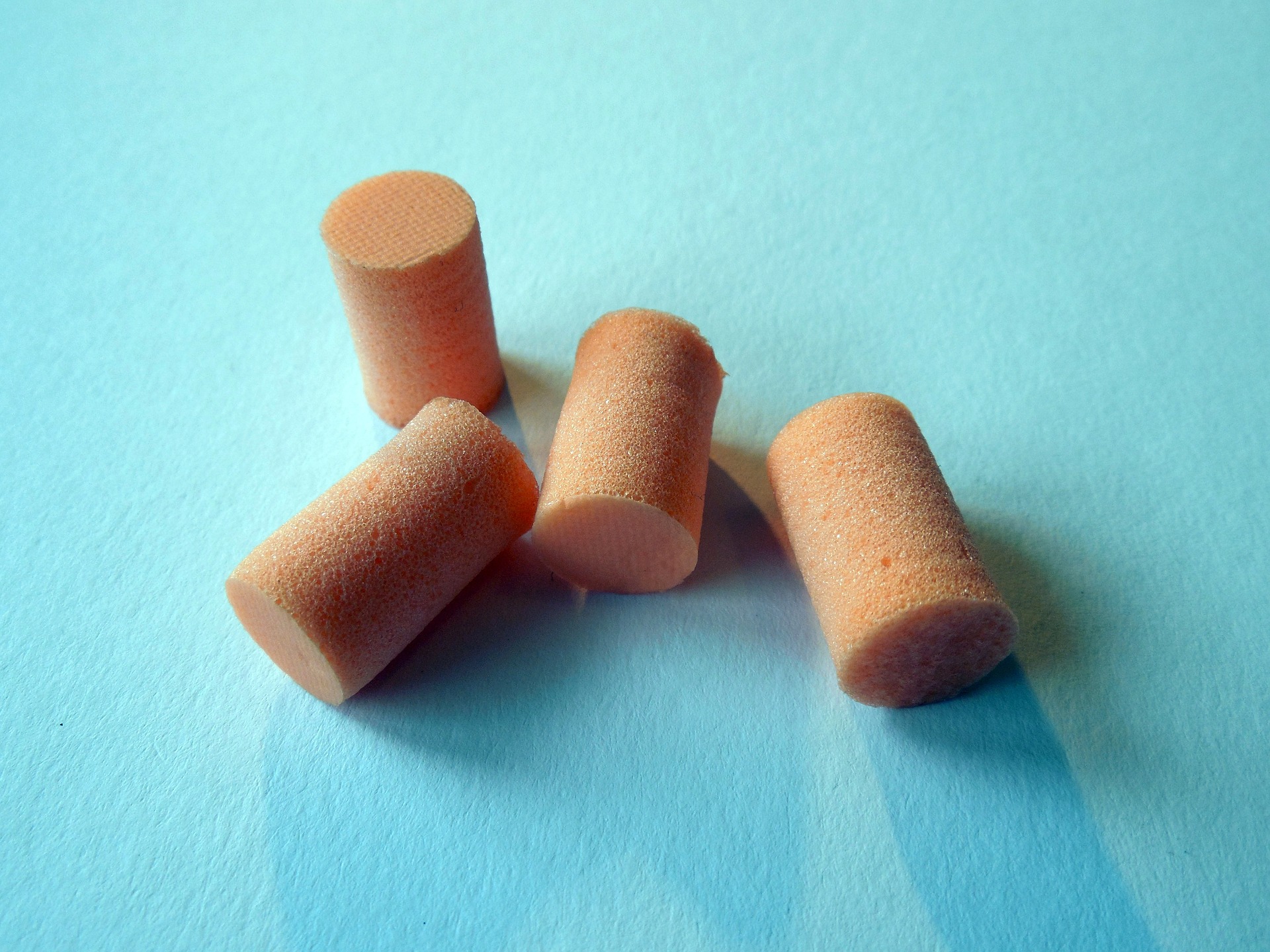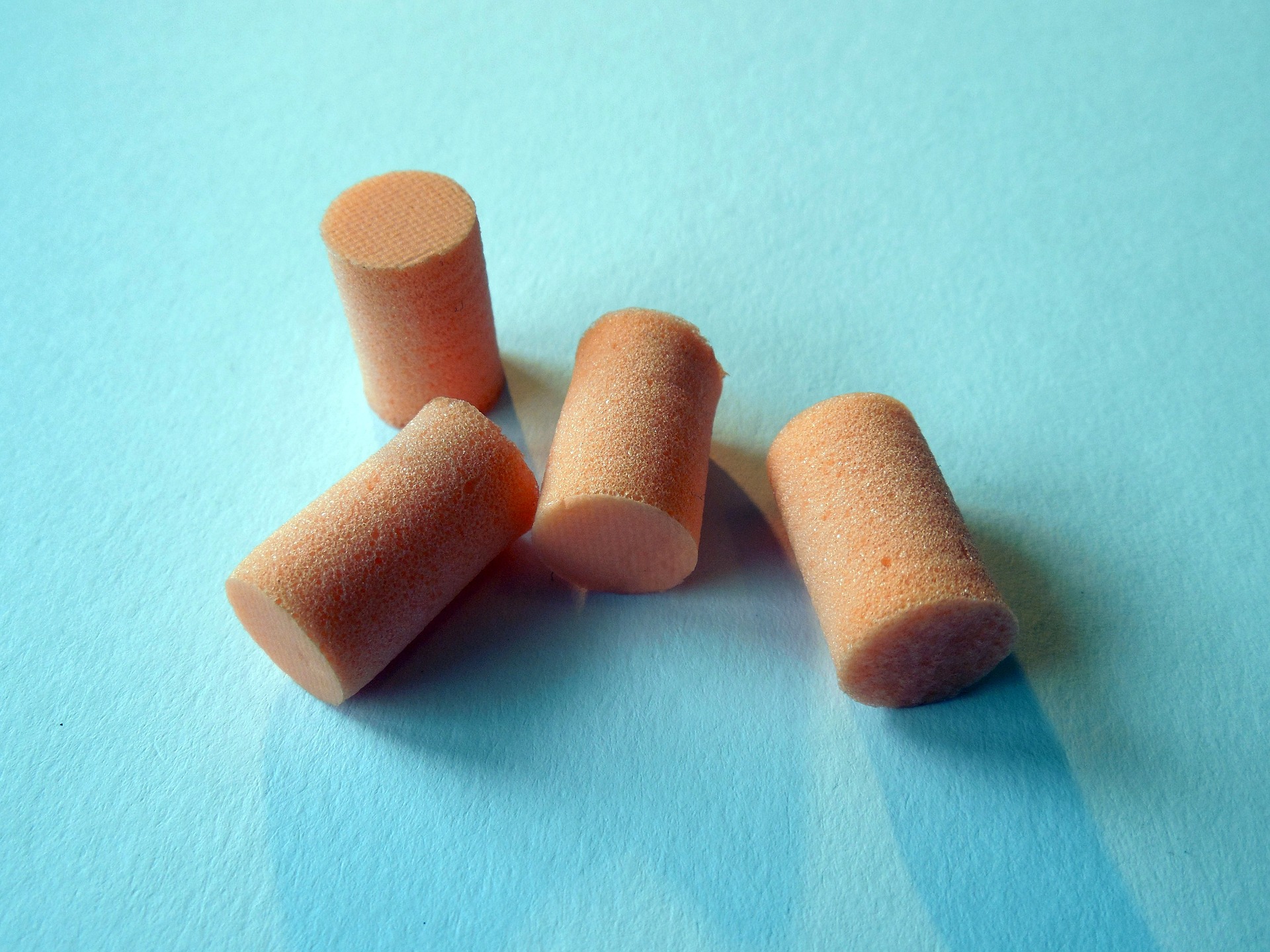Taking Care of Your Ears: How to Stay Safe From Workplace Noise.
Sep 22nd 2017
Ear Protection: How to Protect Your Workplace

Exposure to dangerous noise levels is one of the most common workplace hazards. According to OSHA, twenty-two million workers are exposed to dangerous noise levels per year. An estimated $242 million is spent on worker’s compensation, and $1.5 million is levied in punitive fines. We can conclude then, that the problem is too prevalent. Hearing loss is often irreversible, and dramatically affects worker’s lives and well-being. Fortunately, there are simple, cost-effective, and easily adoptable solutions to protect workers’ hearing. This article will help you understand what you need to do to stay compliant and safe.
How the Ear Works
The ear can be divided into three main sections: the outer, middle, and inner ear. Sound waves enter the outer ear, are amplified in the middle ear, and are converted into nerve impulses in the inner ear. These nerve impulses result in the perception of sound.
The inner ear contains the cochlea, a small structure which is lined with cells with microscopic hairs called cilia. The vibration of these hairs converts sound waves into the sound we hear. Loud noise can damage cilia, which can cause permanent hearing loss.
When Does Noise Become Unsafe?
Exposure to noise greater than or equal to 85 decibels may cause hearing loss. Many common industrial tools can produce noise exceeding 85 decibels, including sanders, drills, saws, and spray painters. The National Institute for Occupational Safety and Health (NIOSH) provides a noise meter with some frequently encountered sounds, which illustrates just how common dangerous noise levels can be:


The severity of hearing damage is also dependent upon the amount of time one is exposed to high volume levels. As one might expect, the chance of injury increases the longer one is exposed to loud noise. This table, from OSHA standard 1910.95, shows the limits of safe daily noise exposure.
TABLE G-16 - PERMISSIBLE NOISE EXPOSURES (1)
______________________________________________________________
|
Duration per day, hours | Sound level dBA slow response
____________________________|_________________________________
|
8...........................| 90
6...........................| 92
4...........................| 95
3...........................| 97
2...........................| 100
1 1/2 ......................| 102
1...........................| 105
1/2 ........................| 110
1/4 or less................| 115
____________________________|________________________________
Footnote(1) When the daily noise exposure is composed of two or
more periods of noise exposure of different levels, their combined
effect should be considered, rather than the individual effect of
each. If the sum of the following fractions: C(1)/T(1) + C(2)/T(2)
C(n)/T(n) exceeds unity, then, the mixed exposure should be
considered to exceed the limit value. Cn indicates the total time of
exposure at a specified noise level, and Tn indicates the total time
of exposure permitted at that level. Exposure to impulsive or impact
noise should not exceed 140 dB peak sound pressure level.
How Do I Make My Workplace Safe?
While engineers and building planners can find ways to reduce noise through building and machine design, sometimes loud noises are unavoidable. Fortunately, it is not difficult to find safe, comfortable, inexpensive, and easy-to-use ear protection. The two most common ear protection devices (EPD) are ear plugs and ear muffs.
Ear plugs, when used properly, offer more protection than ear muffs. Plugs are fitted directly into the ear canal, whereas muffs cover the entire ear. There are however, significant differences between models of ear plugs. It is important to make sure the level of noise reduction is adequate for your workplace. Ear plugs are required to have noise reduction ratings (NRR), which indicate how much protection an EPD offers. The NRR is dependent upon the fit and proper usage of the plug. If a plug is not fitted correctly, it may provide significantly less protection than its NRR indicates. OSHA provides a way to estimate the protection of an EPD in standard 29 CFR 1910.95, Appendix B. Additionally, to adjust for actual conditions on the field, OSHA suggests a 50% correction factor.
There are some advantages to ear muffs in comparison to plugs. Muffs do not show as much variation in protection as plugs, because they are not as dependent on fit and proper use. Muffs can also protect the ear from cold weather or strong winds. However, ear muffs alone do not provide as much protection as ear plugs, and are often used for moderate noise, or in conjunction with ear plugs. Adding muffs to ear plugs adds roughly 5 db to the NRR.

How Do I Train My Employees?
Workers exposed to an 8 hour time-weighted average of 85 decibels must be provided with adequate hearing protectors. As we stated earlier, protection is dependent upon proper fit, so it is important to train employees to use EPDs properly. The comfort of plugs and muffs is another important, though often overlooked, factor in ear protection. First, comfortable EPDs are more likely to be used by employees. Second, a poorly fitting or uncomfortable ear plug is more likely to be taken out of the ear for readjustment, potentially exposing workers to dangerous noise levels. For this reason OSHA requires employers provide employees with choices of EPDs. At least one pair of ear plugs and ear muffs must be available, but OSHA recommends more pairs. Three choices of ear plugs is likely adequate for normal-sized workplaces. The employer must supervise the initial fitting to make sure the EPDs are being used correctly.
The life span of a given pair of muffs or plugs varies from pair to pair, but all EPDs have limited life spans. The foam bodies of ear plugs and the seals of rubber ear plugs and muffs eventually lose their elasticity. When the plug no longer provides adequate protection, the employer must provide replacement pairs at no cost to the worker. Some ear plugs can be cleaned with mild soap and water. Dirty ear plugs can pose several health risks, including ear infections. For this reason, many workplaces opt to provide single-use disposable ear plugs, to ensure that plugs remain clean and effective.

